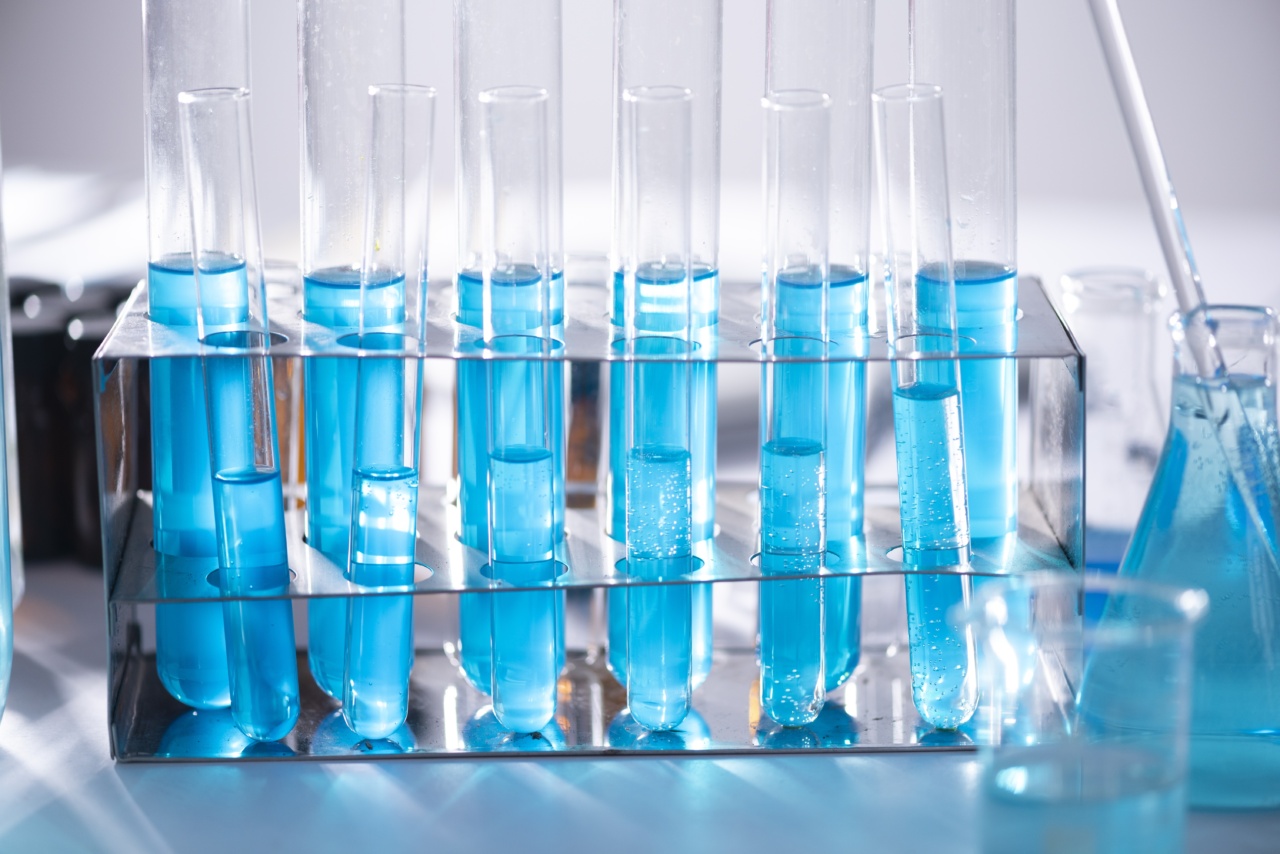Antibiotic resistance has become a pressing concern in the field of healthcare. Over the years, bacteria have evolved, becoming resistant to the antibiotics that were once effective in treating various infections.
This resistance poses a significant threat to public health as it makes bacterial infections more challenging to treat.
The Scope of the Problem
Antibiotic-resistant bacteria have the potential to cause severe illnesses and even death. According to the World Health Organization (WHO), at least 700,000 people die each year due to drug-resistant infections.
If left unchecked, this number could rise to 10 million deaths per year by 2050. The economic impact of antibiotic resistance is also substantial, with healthcare costs and productivity losses estimated to reach trillions of dollars.
Understanding Antibiotic Resistance
To combat antibiotic resistance effectively, it is crucial to understand how bacteria become resistant to antibiotics. Bacteria can develop resistance through processes such as mutation or the acquisition of resistance genes from other bacteria.
Overuse and misuse of antibiotics further contribute to the development of resistance.
Reducing Antibiotic Use
One of the key strategies in combating antibiotic resistance is to reduce the unnecessary use of antibiotics. This includes avoiding the inappropriate prescription of antibiotics for viral infections, which do not respond to antibiotics.
Educating healthcare professionals and the general public about the appropriate use of antibiotics is essential in minimizing their overuse.
New Antibiotic Development
While reducing antibiotic use is crucial, it is equally important to develop new antibiotics to combat resistant bacteria.
In recent years, there has been a decline in the development of new antibiotics, with many pharmaceutical companies focusing on more lucrative areas of drug development. However, encouraging progress has been made in this area, with new antimicrobial drugs and therapies in various stages of development.
Alternative Therapies
In addition to the development of new antibiotics, researchers are exploring alternative therapies to combat antibiotic resistance.
These include phage therapy, which utilizes bacteriophages (viruses that infect bacteria) to target and destroy specific antibiotic-resistant bacteria. Other promising approaches include antimicrobial peptides, antibodies, and probiotics.
Enhancing Infection Prevention and Control
Preventing infections in the first place is a critical aspect of combating antibiotic resistance. Healthcare facilities are implementing strict infection prevention and control measures to reduce the spread of resistant bacteria.
This includes proper hand hygiene, sterilization of medical equipment, and surveillance of antibiotic-resistant infections.
Global Collaboration
Addressing antibiotic resistance requires global collaboration and coordination. The WHO has been actively working with member states to develop strategies and action plans to combat antibiotic resistance.
International partnerships and initiatives support research, surveillance, and the sharing of best practices to tackle this global threat.
Improved Diagnostics
Rapid and accurate diagnostics are vital for identifying antibiotic-resistant bacteria and guiding appropriate treatment. Traditional culture-based methods can be time-consuming and may delay the initiation of targeted therapy.
However, advancements in molecular diagnostics, such as polymerase chain reaction (PCR) and next-generation sequencing, allow for quicker detection of resistance markers, enabling tailored treatment plans.
Public Awareness and Education
Raising public awareness about antibiotic resistance is essential for changing behaviors and reducing unnecessary antibiotic use.
Educational campaigns can increase understanding of proper antibiotic use and the implications of antibiotic resistance on individual and public health. By empowering individuals with knowledge, they can become active participants in combating this global health challenge.
Conclusion
The fight against antibiotic-resistant bacteria requires a multi-faceted approach involving various stakeholders, including healthcare professionals, pharmaceutical companies, policymakers, and the general public.
Through a combination of reducing unnecessary antibiotic use, developing new antibiotics and alternative therapies, enhancing infection prevention and control measures, and fostering global collaboration, we can make major strides towards combatting antibiotic-resistant bacteria and safeguarding the effectiveness of these life-saving drugs for future generations.




























